Home>Interior Design>The Benefits Of Including Tapestries In Interior Design
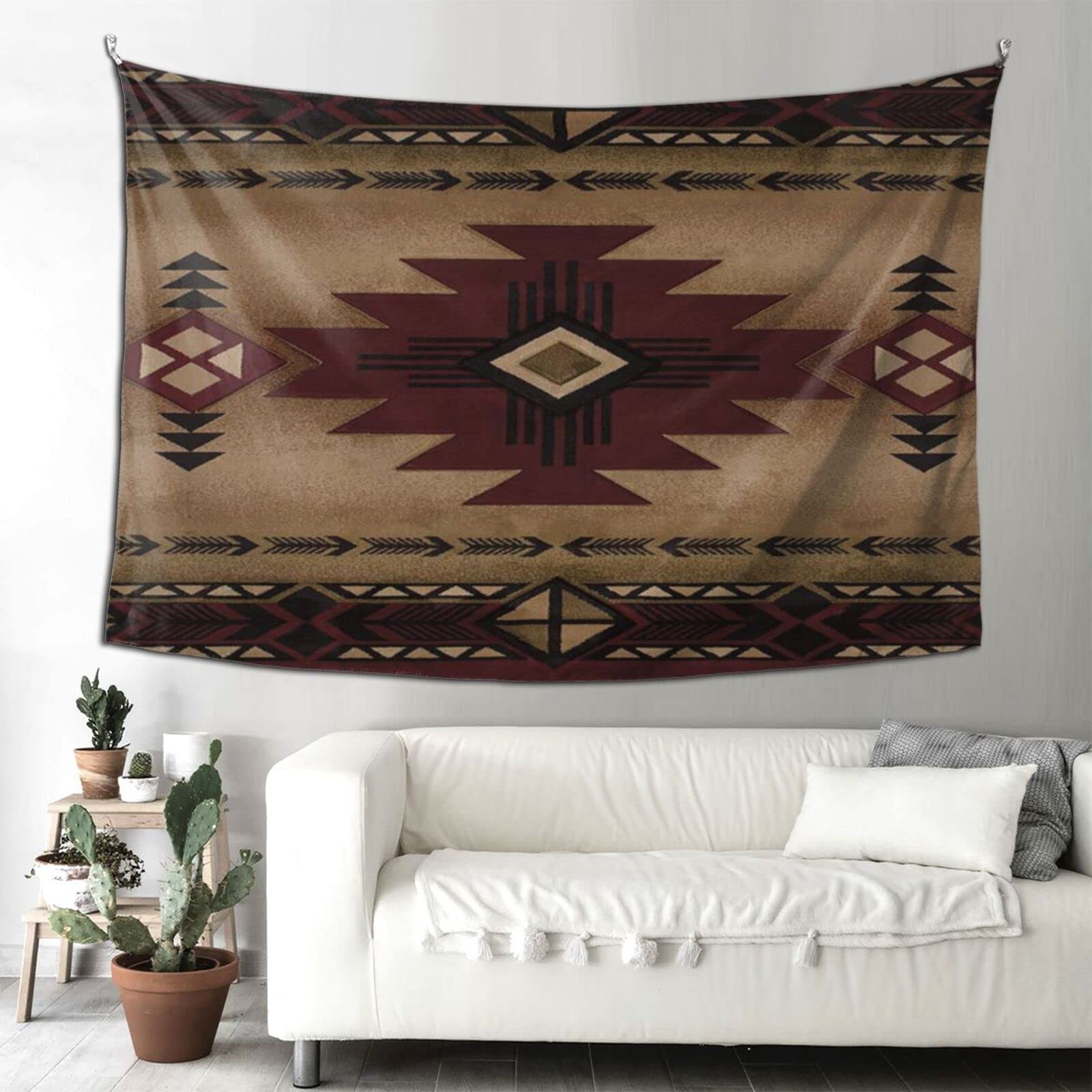

Interior Design
The Benefits Of Including Tapestries In Interior Design
Modified: January 7, 2024
Discover the numerous benefits of incorporating tapestries into your interior design. Enhance the aesthetic appeal and add a touch of elegance to your space with these versatile decorative pieces.
(Many of the links in this article redirect to a specific reviewed product. Your purchase of these products through affiliate links helps to generate commission for Storables.com, at no extra cost. Learn more)
Introduction
Interior design is a powerful tool that can transform any space into a visually appealing and functional environment. From furniture selection to wall color, every element plays a crucial role in creating a harmonious atmosphere. However, one often overlooked element that can add a touch of elegance and sophistication to any interior is the inclusion of tapestries.
Tapestries, with their intricate designs and vibrant colors, have been used in interior design for centuries. Originally used as a form of expression and storytelling, tapestries have evolved to become a popular choice for enhancing the aesthetic appeal of homes, offices, and public spaces.
In this article, we will explore the various benefits of including tapestries in interior design and how they can elevate the overall look and feel of a space.
Key Takeaways:
- Elevate your interior design with tapestries, adding visual appeal, warmth, and texture to any space. Enjoy enhanced acoustics, versatile design options, and practical applications while celebrating cultural and historical significance.
- Transform your space with budget-friendly tapestries, offering timeless elegance and easy maintenance. Experience the artistry, storytelling, and practicality of tapestries, creating a visually stunning and inviting environment.
Read more: Affordable Elegance In Interior Decorating
Increased Visual Appeal
One of the most significant benefits of incorporating tapestries into interior design is the enhanced visual appeal they bring to a space. Tapestries are true works of art, featuring intricate patterns, detailed motifs, and a wide range of colors. Whether you opt for a classic Renaissance-style tapestry or a more modern and abstract design, these decorative textiles have the power to transform an ordinary room into a captivating and visually stunning space.
By adorning your walls with tapestries, you instantly add depth, texture, and personality to the room. The large-scale size of tapestries creates a focal point, drawing the eye and adding a sense of grandeur. The intricate details and vibrant colors of tapestries also help to create a dynamic visual experience, making any space feel more inviting and engaging.
Moreover, tapestries offer an excellent opportunity for personal expression and customization. Unlike mass-produced artwork or wall coverings, tapestries can be selected or commissioned to suit your individual style and taste. From landscapes and historical scenes to abstract designs and geometrical patterns, you can choose a tapestry that aligns with your aesthetic preferences and complements the overall design concept of the space.
Additionally, tapestries have a unique ability to soften and warm up the atmosphere of a room. The fabric and texture of tapestries add warmth and comfort, helping to create a cozy and inviting ambiance. Whether used in a living room, bedroom, or office, tapestries have a transformative effect on the overall ambiance, making the space feel more personal and welcoming.
Enhanced Acoustics
Besides their visual appeal, tapestries also offer significant benefits when it comes to acoustics. In modern interior design, there is often a focus on open spaces, hard surfaces, and minimalist aesthetics. While these design choices create a sleek and contemporary look, they can also result in poor acoustics with excessive echo and noise reverberation.
Tapestries, with their soft fabric and texture, have the ability to absorb sound waves, reducing echo and improving the overall acoustics of a room. This can be particularly beneficial in spaces such as home theaters, music rooms, or restaurants, where noise control is crucial for a comfortable and enjoyable experience.
By strategically placing tapestries on walls or draping them across larger surfaces, you can effectively reduce echo and improve sound quality within the space. The fabric of the tapestry acts as a natural sound absorber, preventing sound waves from bouncing off hard surfaces and causing unwanted noise reflections.
Moreover, tapestries can also act as a barrier to external noise, helping to create a quieter and more peaceful environment. By adding an extra layer of fabric to your walls, tapestries can help to block out intrusive sounds from the outside, providing a sense of calm and serenity.
Overall, the incorporation of tapestries in interior design not only enhances the visual appeal but also contributes to a more pleasant and acoustically balanced space.
Versatile Design Options
When it comes to interior design, versatility is key. Every space has its unique style, color palette, and design requirements. Thankfully, tapestries offer a wide range of design options and can seamlessly fit into any interior design concept.
From traditional and classic designs to modern and contemporary patterns, there is a tapestry for every taste and style. Whether you prefer floral motifs, geometric patterns, or abstract art, you can easily find a tapestry that aligns with your design vision.
Tapestries also come in various sizes, allowing you to choose the perfect fit for your space. From smaller tapestries that can be displayed as wall art to large-scale tapestries that can cover entire walls, the possibilities are endless.
Additionally, tapestries offer the opportunity to incorporate different materials and textures into your interior design. You can choose from tapestries made of wool, silk, cotton, or a combination of materials, each with its own unique texture and feel. This gives you the freedom to experiment with different textures and add a tactile dimension to your space.
Moreover, tapestries can be easily integrated into existing design elements. Whether your decor leans towards traditional, rustic, or contemporary, tapestries can seamlessly blend in and enhance the overall aesthetic. They can be used as a complementary element to other textiles, such as curtains or upholstery, or as a statement piece that anchors the entire room.
Overall, the versatility of tapestries allows you to add a touch of creativity and personalization to your interior design, making it a truly unique space that reflects your style and personality.
Cultural and Historical Significance
Beyond their aesthetic appeal, tapestries hold a rich cultural and historical significance. Throughout history, tapestries have been used as a means of storytelling, depicting important events, narratives, and cultural symbols. By incorporating tapestries into your interior design, you not only add visual beauty but also pay homage to the traditions and narratives that have shaped our collective history.
The designs and motifs found in tapestries often reflect the cultural heritage of a particular region or time period. From medieval European tapestries showcasing scenes of mythical creatures and heroic legends to Asian tapestries depicting ancient landscapes and spiritual symbols, each tapestry carries a unique cultural narrative.
By incorporating tapestries into your interior design, you create a connection to the past and a bridge between different cultures. Whether you choose to display a tapestry that represents your own heritage or opt for one that celebrates a different culture, the inclusion of tapestries can spark conversations and cultural appreciation.
Moreover, tapestries can serve as educational tools, allowing you to learn about different historical periods or artistic movements. Each tapestry tells a story, offering insights into the social, political, and artistic landscapes of a bygone era. By exploring the stories behind tapestries, you can deepen your understanding of history and art, while adding a layer of intellectual stimulation to your space.
Overall, tapestries not only enhance the visual aesthetics of your interior design but also serve as a reminder of our shared cultural heritage, celebrating the diversity and richness of our global history.
When choosing a tapestry for interior design, consider the size, color, and design to complement the space. A larger tapestry can make a bold statement, while smaller ones can add a touch of elegance.
Read more: How To Make A Tapestry Blanket
Textural Dimension
When it comes to creating a visually satisfying interior, incorporating texture is key. Texture adds depth, interest, and a tactile dimension to a space, making it more visually appealing and inviting. Tapestries offer a unique opportunity to introduce texture into your interior design.
With their woven fabric and intricate designs, tapestries not only add a visual element but also provide a textural experience. The touch and feel of tapestries can evoke a sense of warmth, coziness, and comfort. Running your hands over the luxurious threads and intricate weaves can be a truly sensorial experience.
Tapestries can be used to introduce texture into various areas of the room. Hanging a tapestry on a wall instantly adds texture to a previously flat surface. Whether your design calls for a soft and flowing texture or a more structured and patterned one, you can find a tapestry that meets your desired aesthetic.
Moreover, tapestries also offer the opportunity to experiment with layering textures. You can combine a tapestry with other textured elements such as velvet pillows, woven throws, or sheepskin rugs to create a multi-dimensional and visually intriguing space.
In addition to the touchable texture, tapestries also create a visual texture that adds depth and dimension to a room. The combination of different colors, patterns, and weaving techniques results in a visually interesting display. This can be especially beneficial in rooms that have minimal architectural features, as tapestries can help to create visual interest and give the space a sense of depth.
Overall, tapestries bring a unique textural dimension to interior design, allowing you to create a visually and tactilely rich environment that engages the senses.
Practical Applications
Aside from their aesthetic value, tapestries also offer practical applications within interior design. These versatile decorative textiles can serve a variety of functional purposes, making them a practical choice for any space.
One practical application of tapestries is their ability to act as wall hangings, providing insulation and improving energy efficiency. In colder months, tapestries can help to insulate a room by providing an additional layer of thickness and warmth to the walls. This can help to reduce heating costs and create a more comfortable environment.
Tapestries also have the ability to conceal wall imperfections or add a decorative element to plain walls. If you have a wall with cracks, uneven surfaces, or blemishes, hanging a tapestry can effectively hide these flaws while adding color and interest to the space.
Furthermore, tapestries can be used to divide or define different areas within a room. By hanging a tapestry as a partition, you can create separate zones in an open-concept space or add privacy to a shared area. This is particularly useful for studio apartments or open-plan offices, where creating distinct areas can help to maximize functionality.
Moreover, tapestries can be used as window treatments, providing privacy and controlling the amount of natural light entering a room. By choosing tapestries with thicker fabric, you can effectively block out sunlight and create a more intimate and cozy atmosphere.
Additionally, tapestries can be used as upholstery or fabric coverings for furniture pieces. By reupholstering chairs, sofas, or ottomans with a tapestry, you can add a touch of elegance and uniqueness to your furniture while also protecting it from wear and tear.
Overall, the practical applications of tapestries make them a versatile choice for interior design, offering functional benefits alongside their decorative appeal.
Budget-Friendly Decor
When it comes to interior design, budget is often a consideration. Fortunately, tapestries offer a budget-friendly option for adding style and elegance to your space.
Compared to original artwork or custom wallpaper, tapestries can be a more affordable alternative while still delivering a visually striking impact. Tapestries can be found in a wide range of price points, allowing you to choose options that fit within your budget without compromising on quality or aesthetics.
Furthermore, tapestries have a timeless appeal that can withstand changing design trends. By investing in a high-quality tapestry, you can ensure that it will remain a beautiful and cherished piece in your home for years to come. This longevity makes tapestries a cost-effective choice, as they do not need to be replaced frequently like other decorative elements.
Tapestries also offer versatility in terms of placement and usage. Unlike permanent wall coverings or expensive furniture pieces, tapestries can be easily relocated and repurposed within your space. You can switch up the look and feel of a room by simply changing the position or hanging a different tapestry.
Additionally, tapestries can be found in various sizes, allowing you to cover a large wall or create a focal point at a fraction of the cost compared to other decorative options. This makes them a budget-friendly way to make a statement and elevate the overall design of your space.
Lastly, tapestries hold their value over time, making them a worthwhile investment. In some cases, vintage or antique tapestries can appreciate in value, becoming valuable collector’s items. This means that not only are you enhancing your space with a beautiful piece, but you may also have the opportunity to sell it in the future if desired.
Overall, tapestries offer a cost-effective means of adding style, elegance, and personality to your interiors, making them an attractive option for those on a budget.
Easy Maintenance
Maintaining a clean and well-kept space is a priority in interior design. Luckily, tapestries are known for their ease of maintenance, making them a practical choice for any home or office environment.
Most tapestries are made of durable materials such as wool, silk, or synthetic fibers that are resistant to stains and fading. This makes them easy to clean and maintain their vibrant colors for years to come.
Regular vacuuming or gentle brushing with a soft-bristle brush can effectively remove dust and dirt from the surface of the tapestry. This simple maintenance routine helps to maintain the overall cleanliness and longevity of the tapestry.
If your tapestry requires deep cleaning due to stains or spills, it is best to consult the care instructions provided by the manufacturer or seek professional cleaning services. Proper cleaning methods for tapestries may include dry cleaning or spot cleaning, depending on the fabric type and construction.
It’s important to note that tapestries should be handled with care to avoid any stretching or damage to the fibers. When hanging or storing tapestries, it is best to roll them rather than fold them to prevent creases or wrinkles from forming.
Another advantage of tapestries is their resistance to fading caused by sunlight. However, it’s still a good practice to avoid prolonged exposure to direct sunlight to maintain the vibrancy of the colors. You can use window treatments or UV-protective film to shield the tapestry from harmful UV rays.
Overall, the low maintenance requirements of tapestries make them a practical choice for interior design. With proper care and cleaning, tapestries can retain their beauty and integrity for years, making them a worthwhile investment.
Read more: What Is Interior Design?
Conclusion
Tapestries are more than just decorative textiles; they are powerful tools that can elevate the design of any space. From their increased visual appeal and enhanced acoustics to their versatile design options and cultural significance, tapestries bring a multitude of benefits to interior design.
Their intricate patterns, vibrant colors, and rich textures instantly add depth and personality to a room, creating a visually stunning and inviting atmosphere. Whether you choose a traditional design that tells a story or a contemporary abstract piece that sparks conversation, tapestries have the power to transform any space into an artistic sanctuary.
Beyond their aesthetic value, tapestries also offer practical applications, such as improving energy efficiency, dividing or defining areas, and adding a touch of elegance to furniture pieces. Their versatility allows them to seamlessly blend into any interior design concept, complementing other decorative elements and enhancing the overall aesthetic.
Tapestries also hold a cultural and historical significance, providing a connection to our past and celebrating diverse traditions. By incorporating tapestries into your interior design, you not only add beauty to your space but also pay homage to the stories and narratives that have shaped our world.
Furthermore, tapestries are a cost-effective choice for those on a budget. Their longevity, versatility, and the ability to maintain their value over time make them a worthwhile investment. With proper care and maintenance, tapestries can continue to enhance your space for years to come.
In conclusion, tapestries offer a unique and compelling addition to interior design. Their visual appeal, practical applications, cultural significance, and ease of maintenance make them a valuable choice for creating a captivating, personalized, and inviting space. Incorporating tapestries into your interior design can truly transform your home or office into a work of art.
Frequently Asked Questions about The Benefits Of Including Tapestries In Interior Design
Was this page helpful?
At Storables.com, we guarantee accurate and reliable information. Our content, validated by Expert Board Contributors, is crafted following stringent Editorial Policies. We're committed to providing you with well-researched, expert-backed insights for all your informational needs.
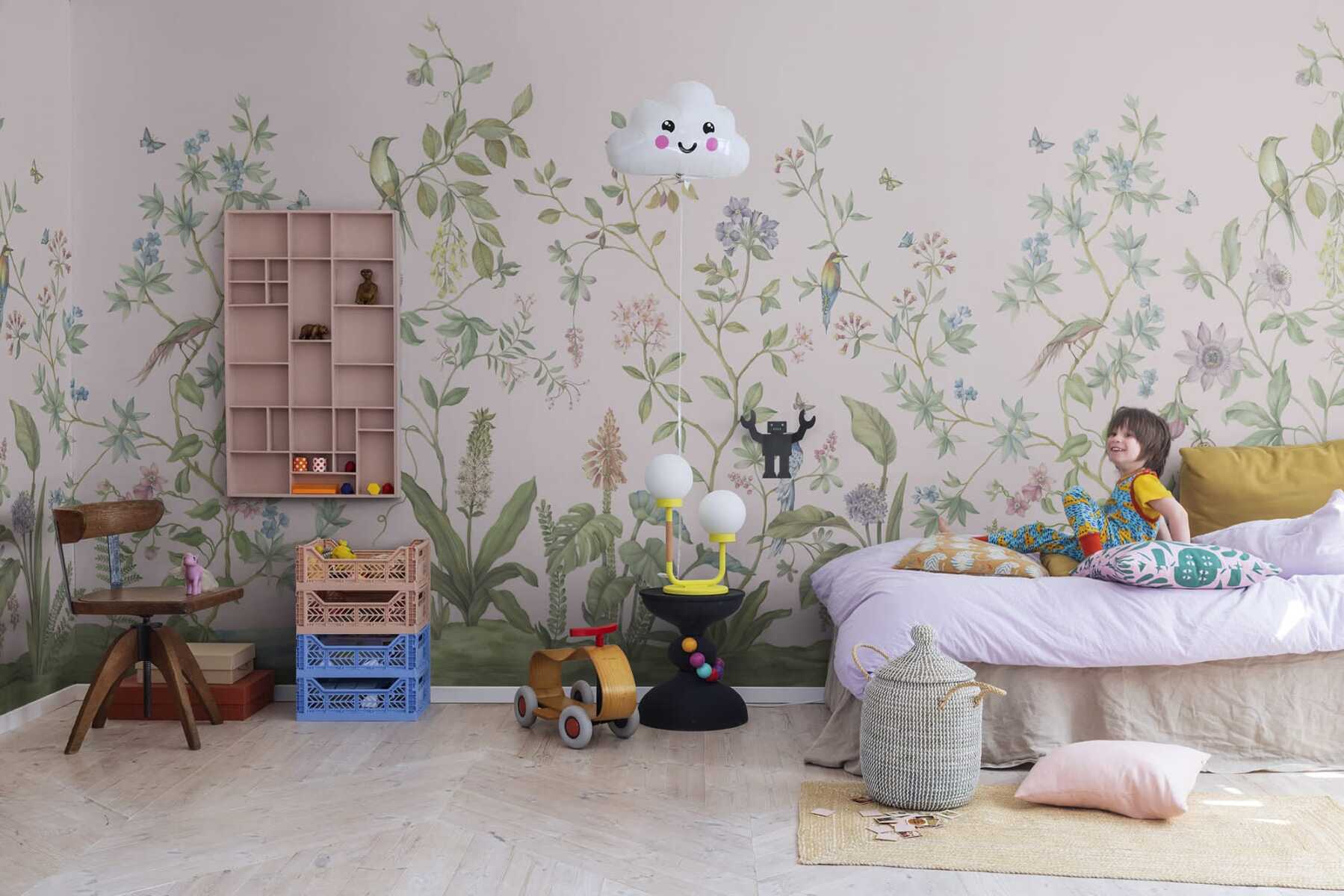
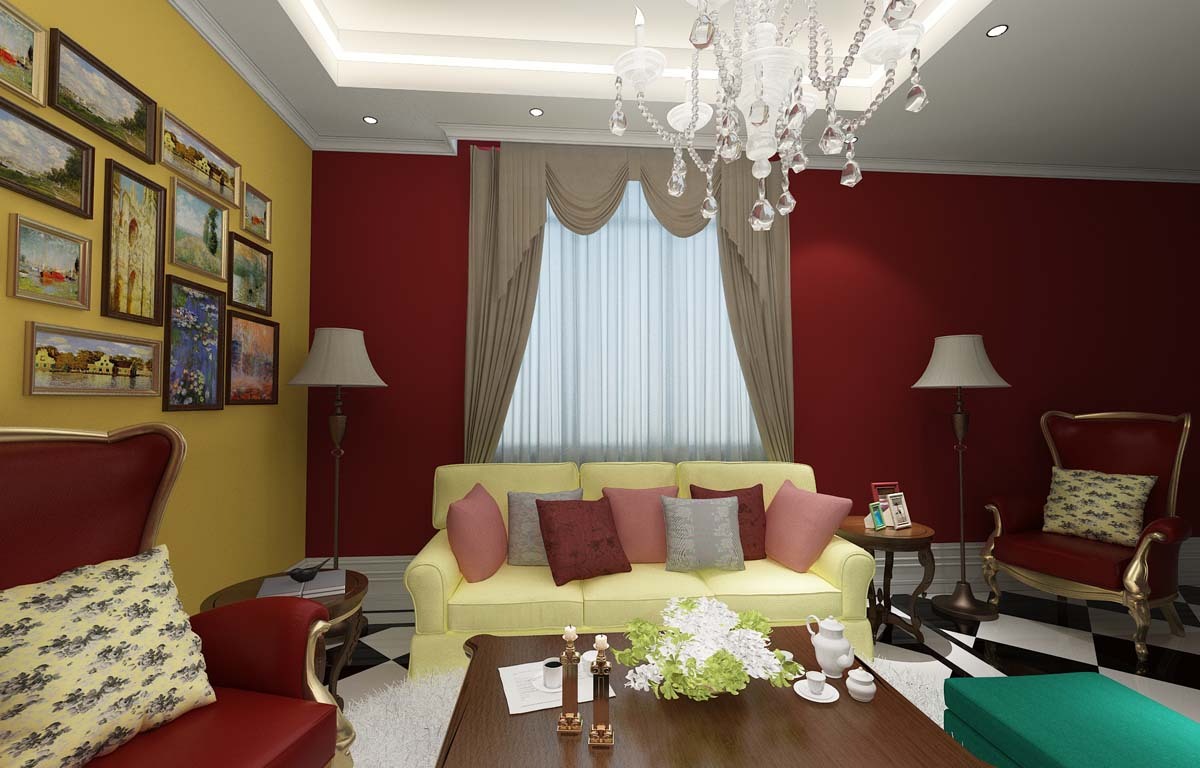
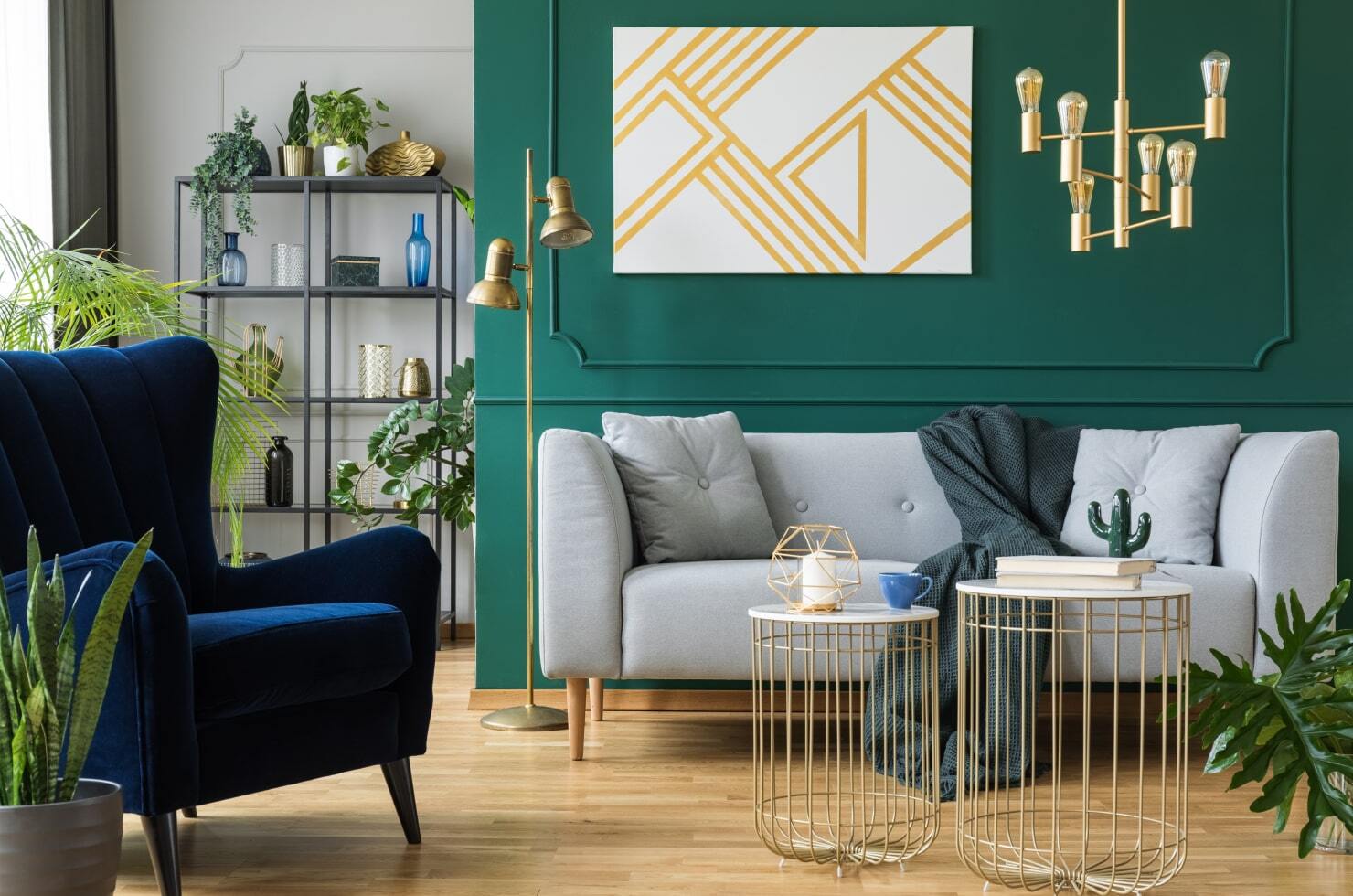
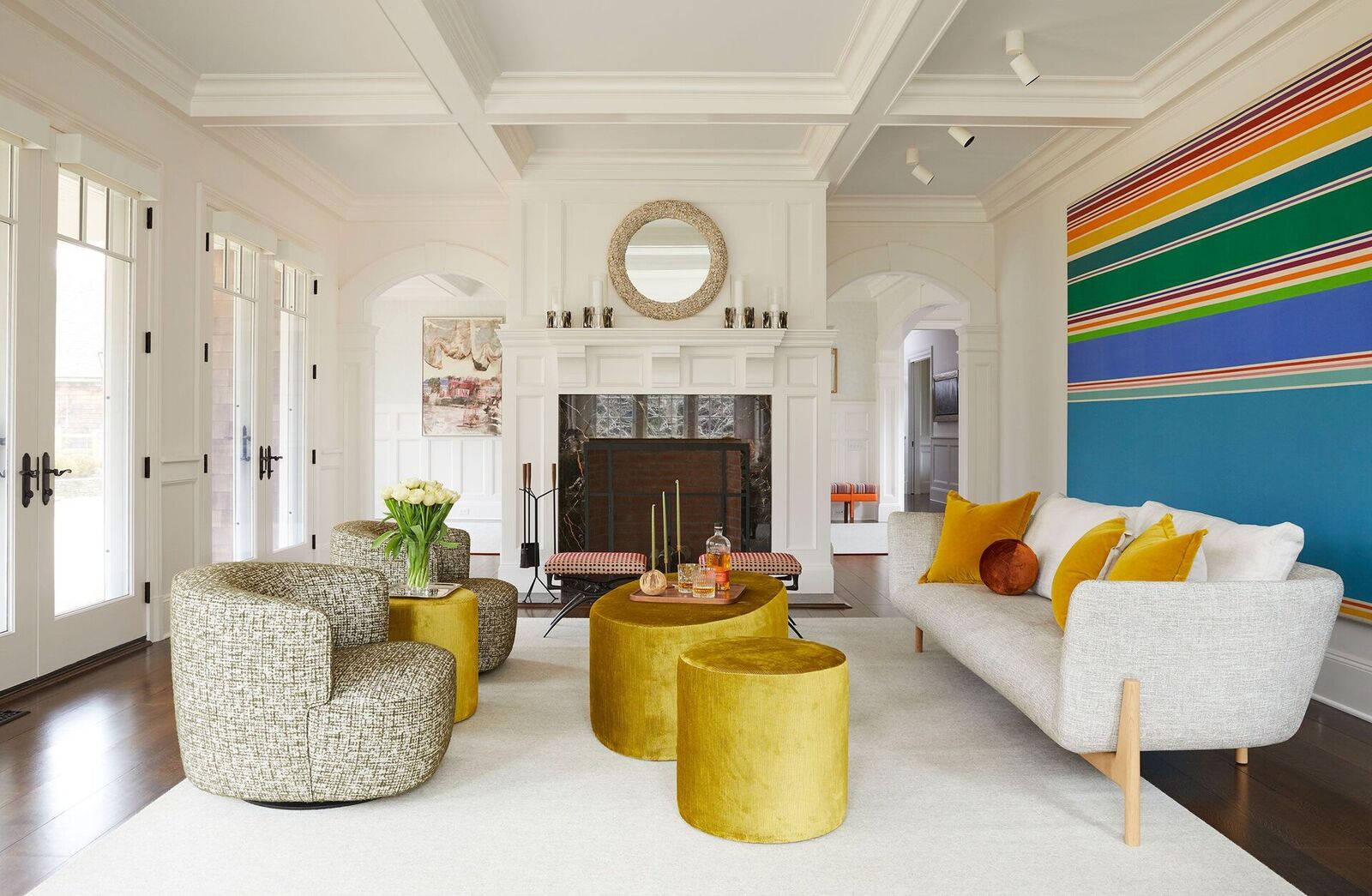
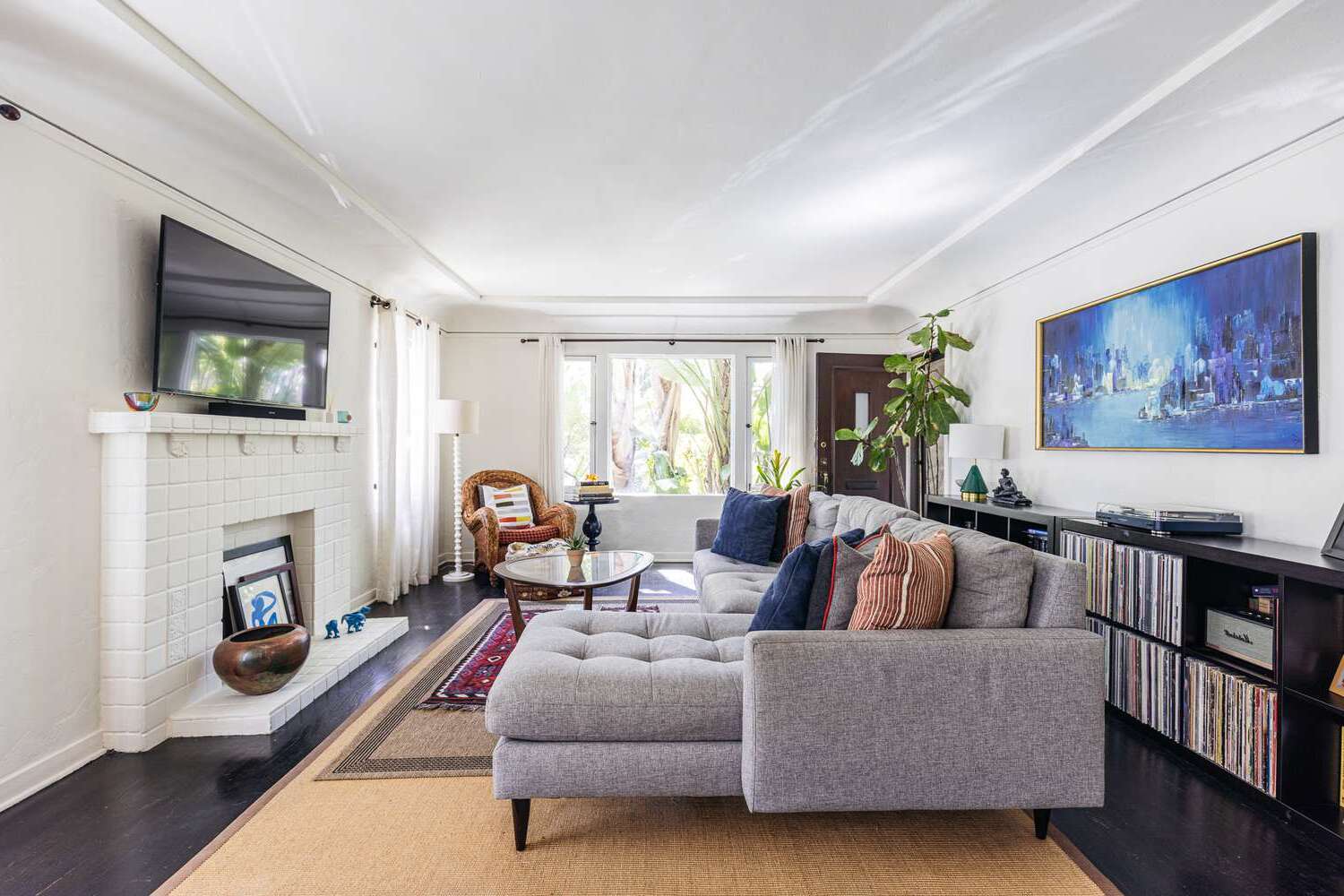
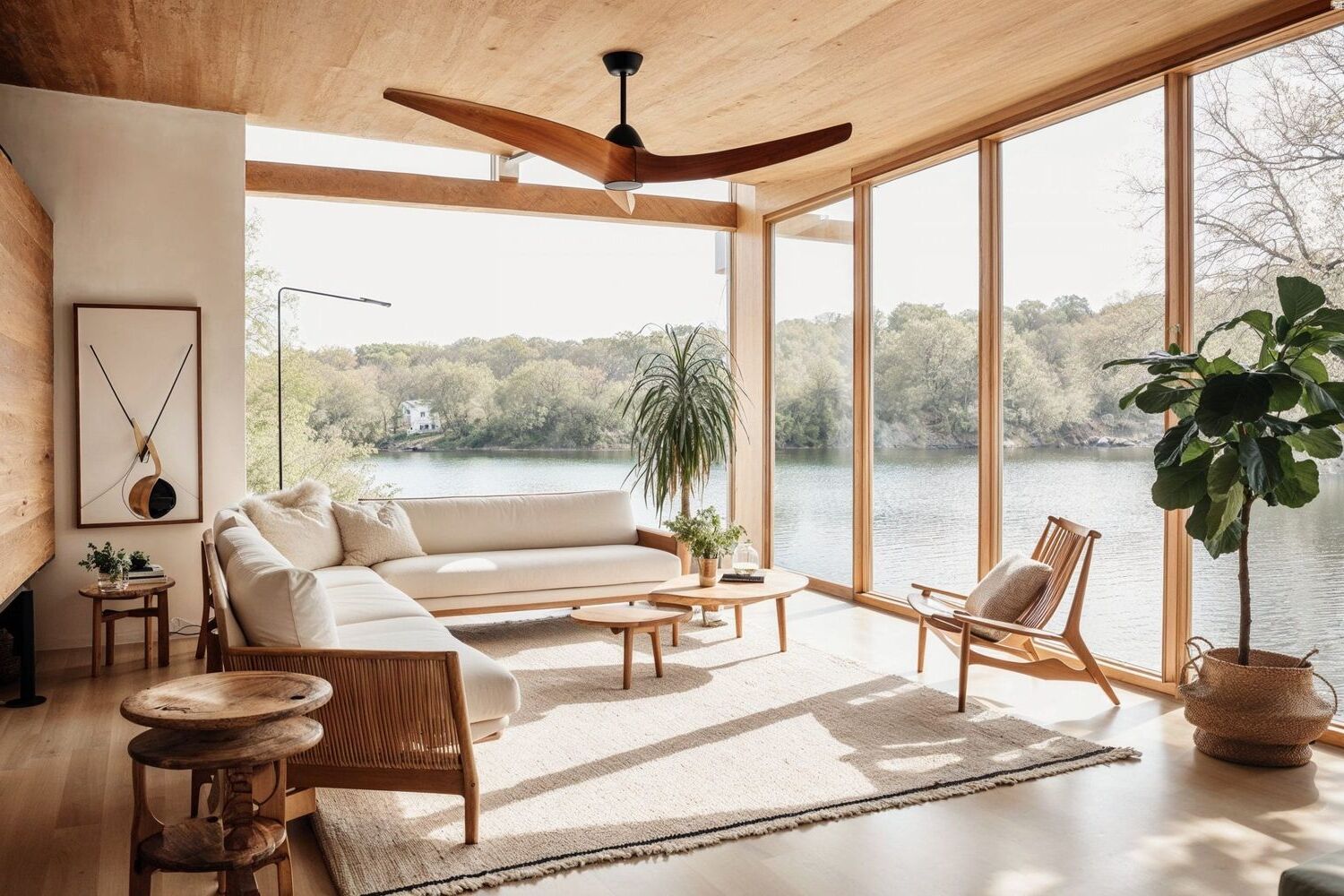
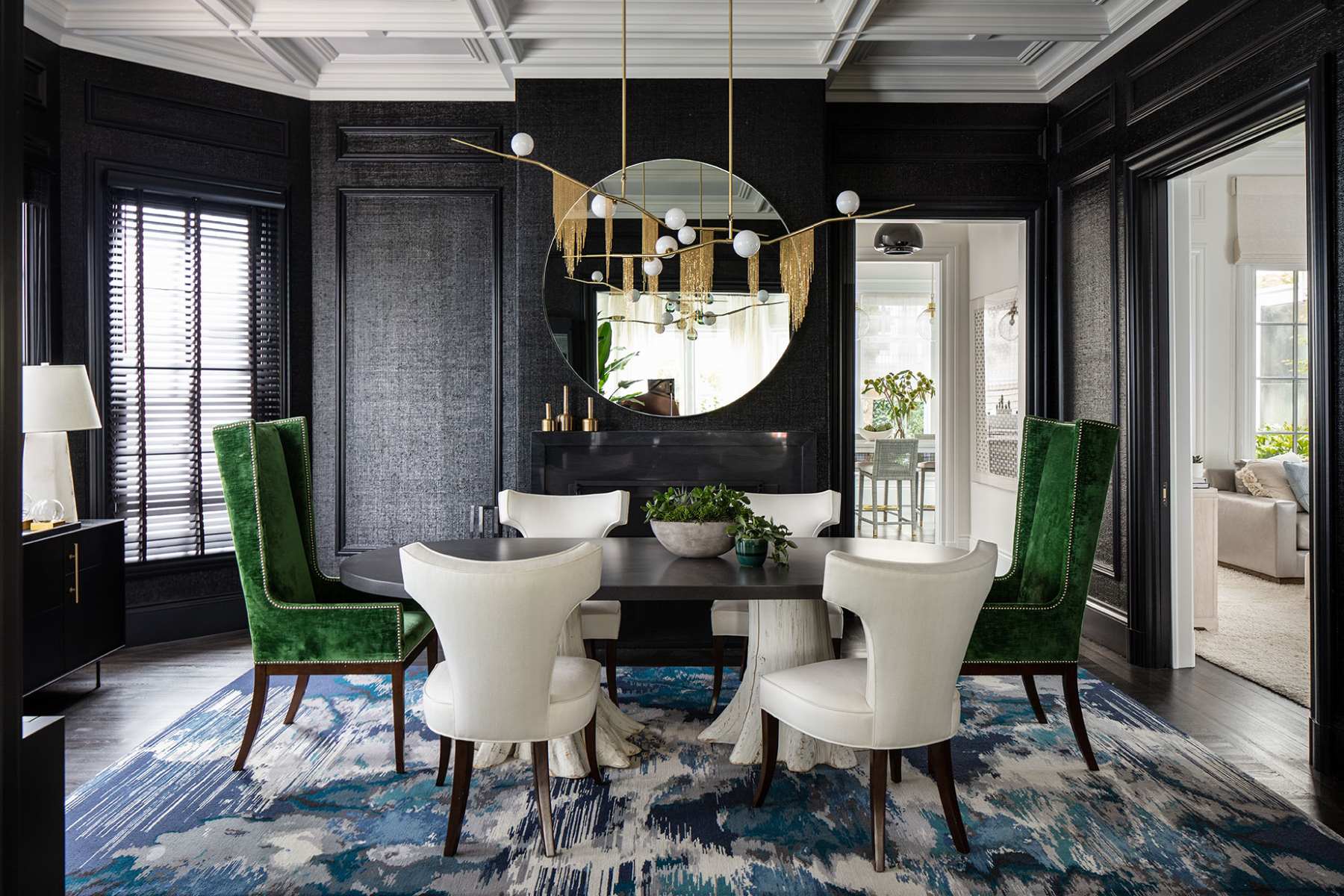
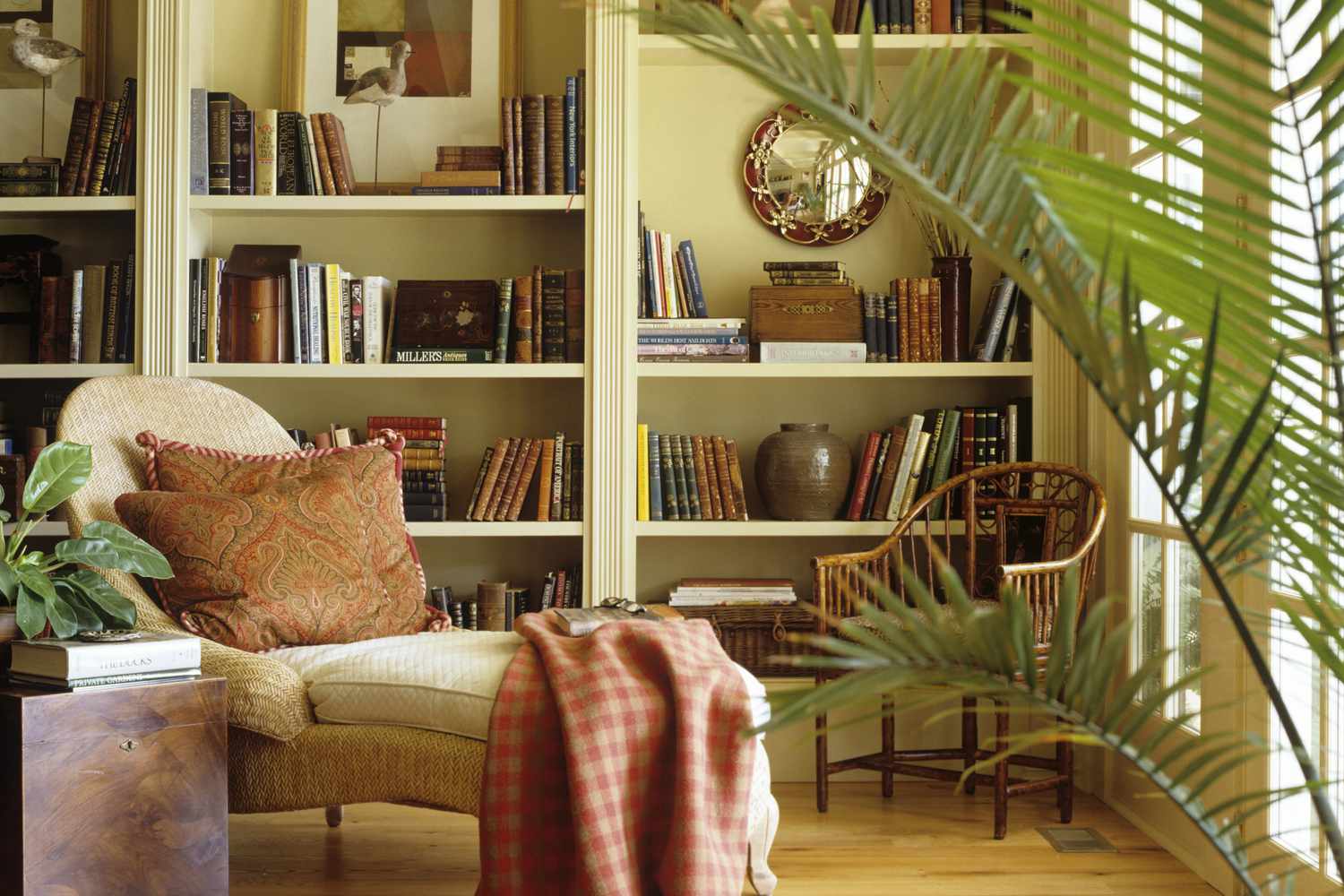
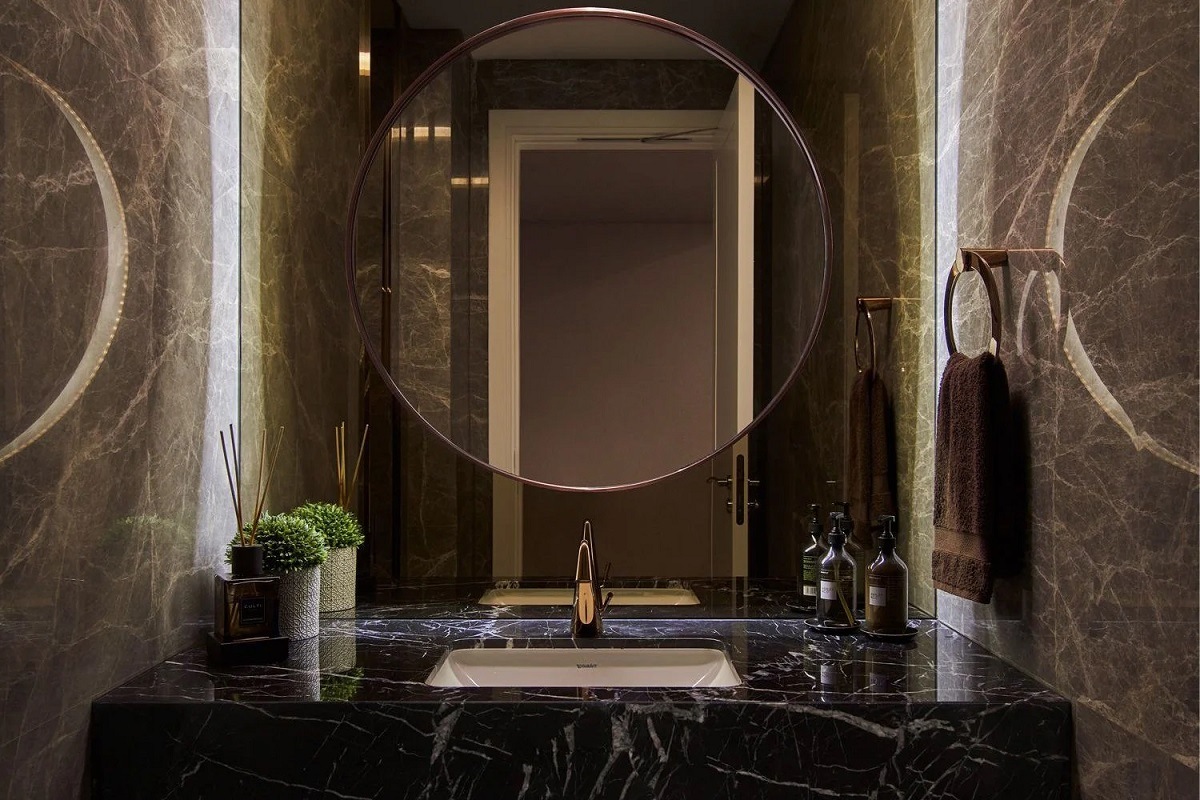
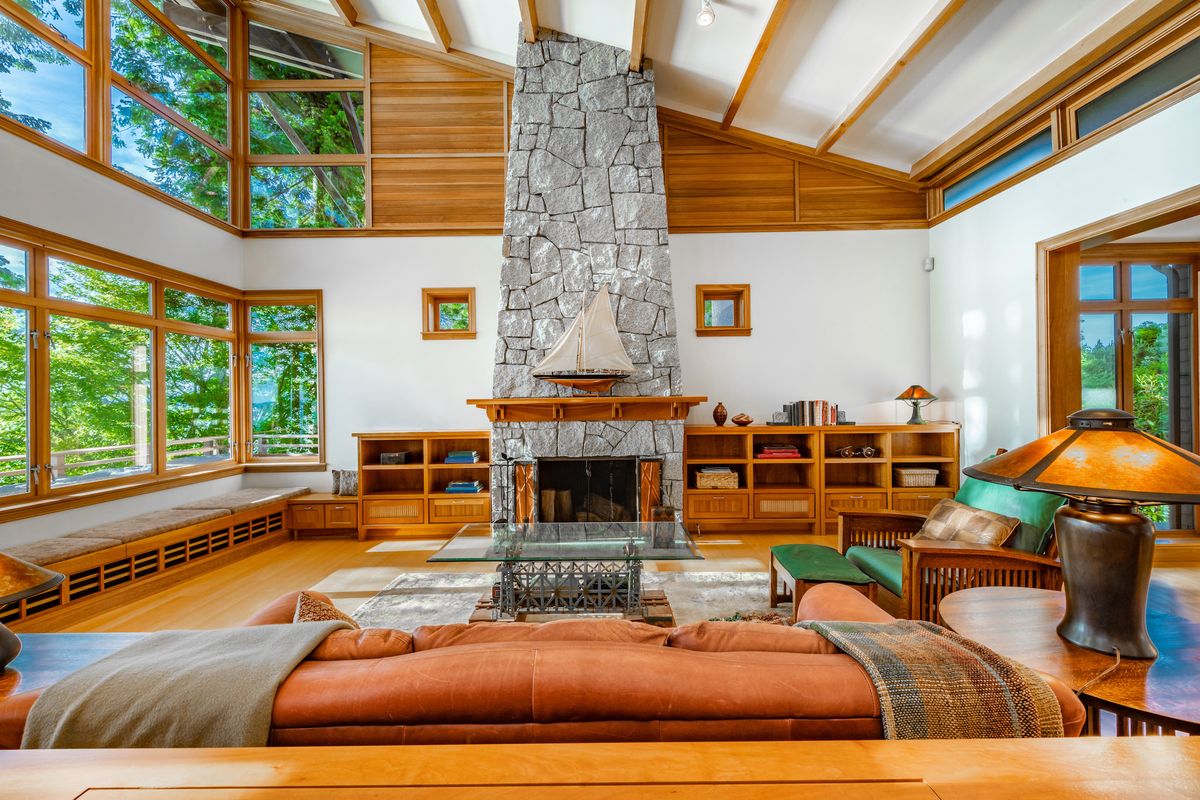
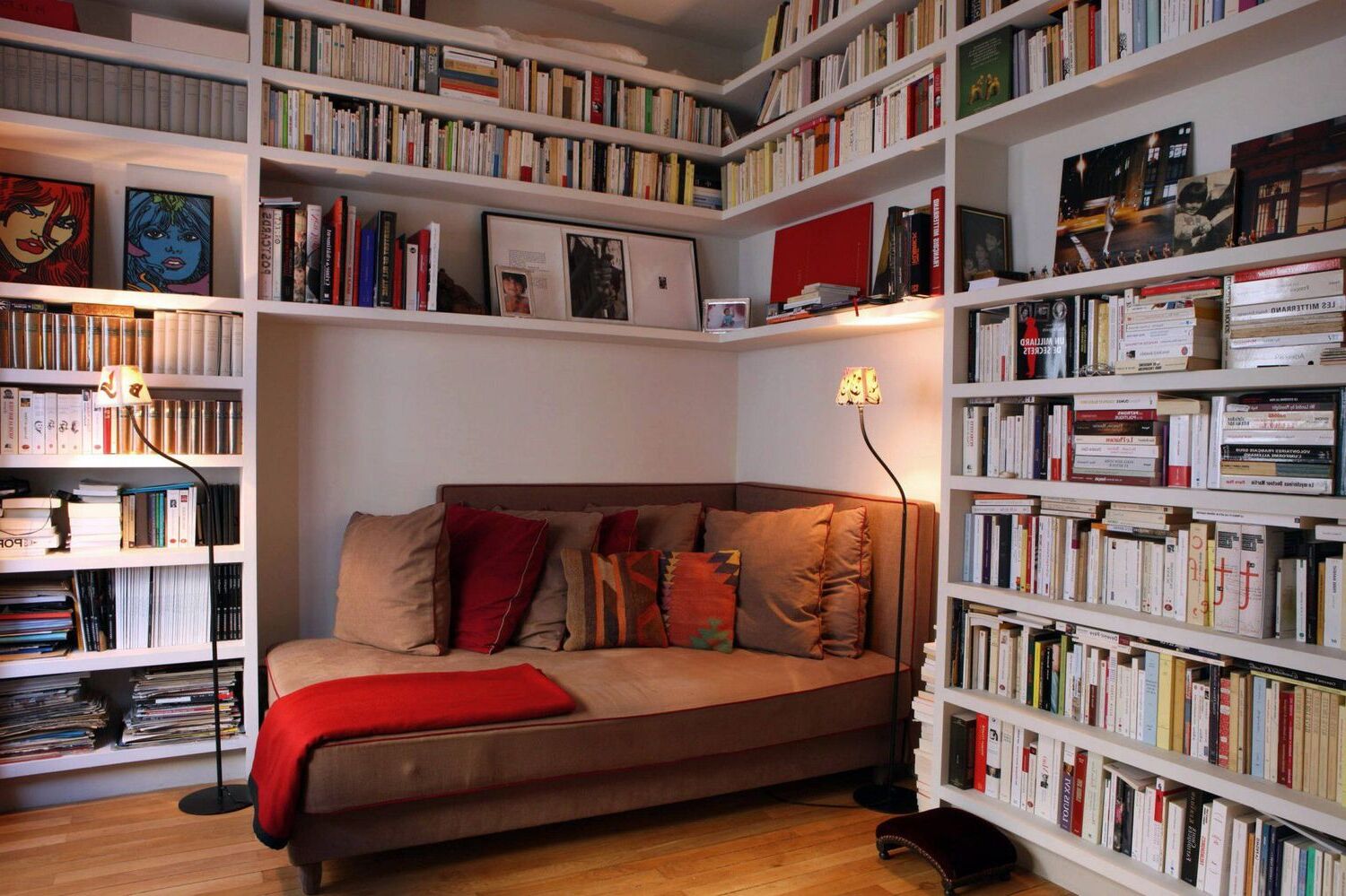
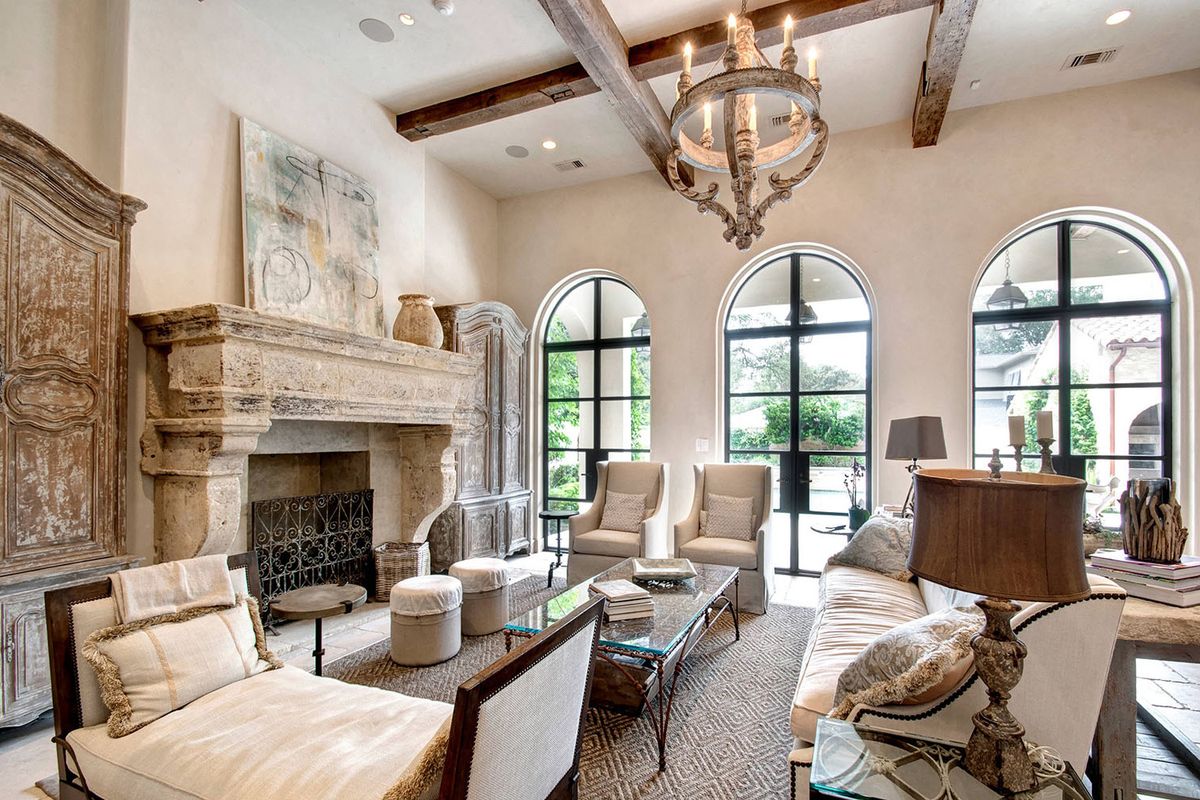
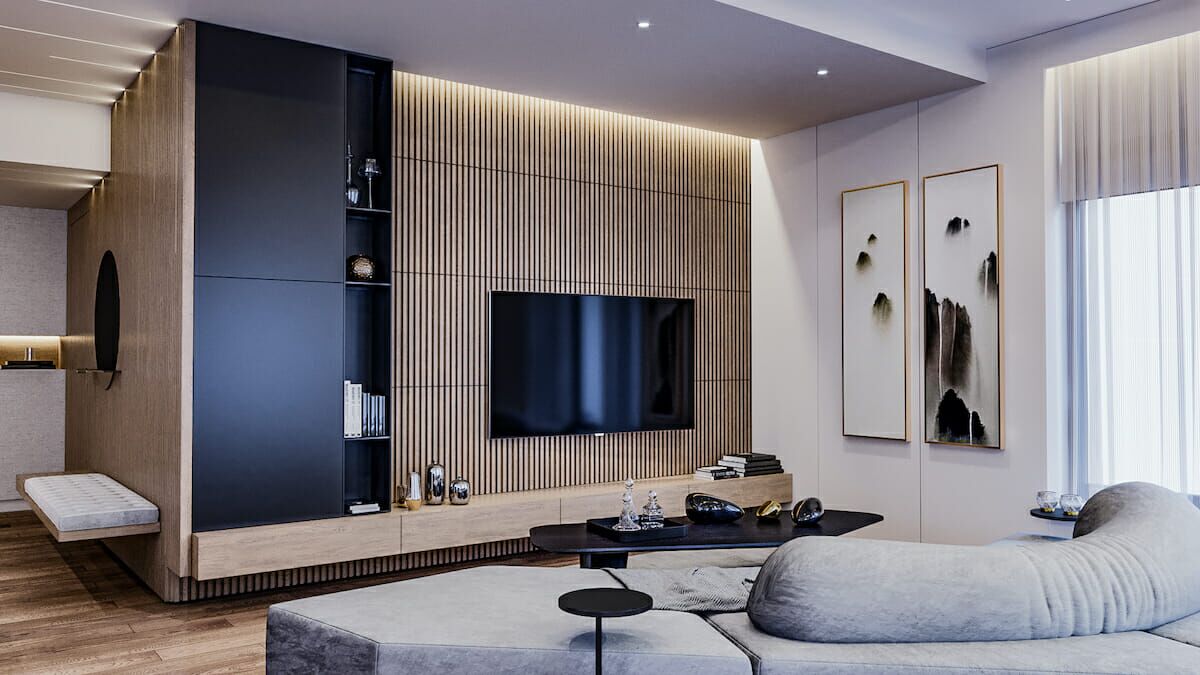

0 thoughts on “The Benefits Of Including Tapestries In Interior Design”